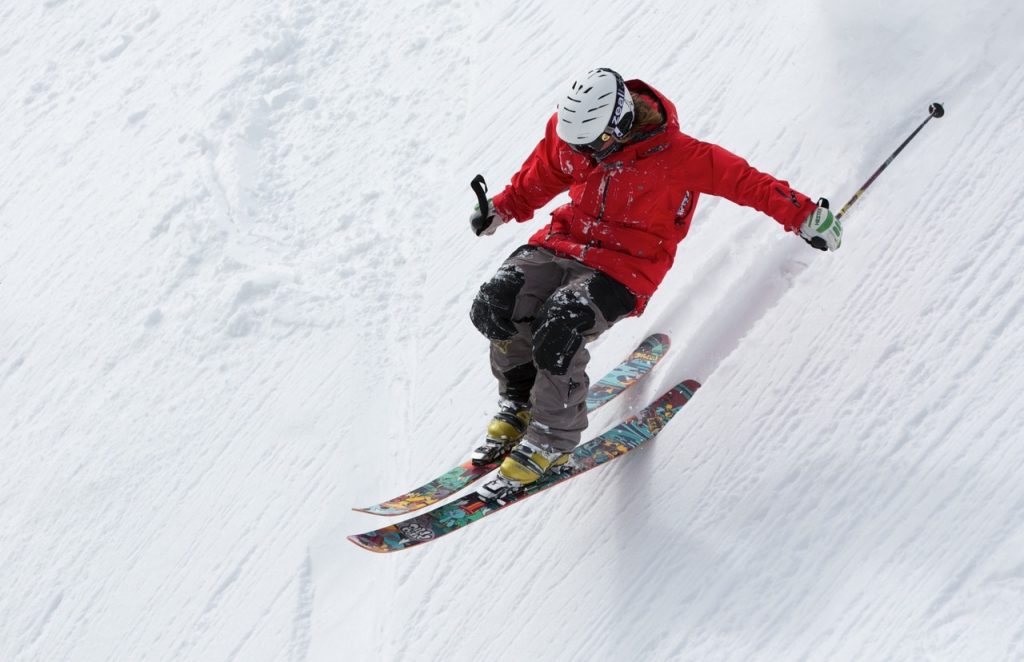
Forget what the thermometer says: Winter is a great time for outdoor activities. But you should follow certain safety rules to reduce your risk of injury.
The University of Colorado offers these safety tips for adults and children participating in sledding, skiing, snowboarding, snow tubing or ice skating.
When sledding or snow tubing, choose a hill that has a clear path without any obstacles. Plus, make sure the hill doesn’t end on a road, parking lot or body of water. Don’t slide downhill headfirst — sit upright facing forward.
It’s best to use a sled with runners and a steering mechanism rather than a toboggan or snow disk. Don’t slide on rubber, plastic sheets or other materials that can be pierced by objects.
Make sure no one is at the bottom of the hill before sledding down.
When skiing and snowboarding, warm up and stretch your muscles before hitting the slopes. Use proper equipment and pay attention to signs on trails. Obey trail closures and don’t go off trails. Stick to trails that match your skill level.
Children and adults who have never skied or snowboarded should take lessons first.
If you want to skate, it’s best to go to a skating rink rather than a pond or lake. If you do go to a pond or lake, check with local authorities about approved areas and seek permission. Be sure the weather has been cold enough for at least one week before skating on a pond or lake.
Snowmobiling is another popular winter activity, but children younger than 6 shouldn’t ride on a snowmobile, even with an adult. Kids younger than 16 shouldn’t operate a snowmobile. Wear a certified helmet for motor sports.
Helmets should be worn for all the other winter activities as well. Choose the appropriate helmet for the sport and be sure it meets federal safety standards.
More information
The Minnesota Department of Public Safety has more on outdoor winter safety.
Copyright © 2024 HealthDay. All rights reserved.













-300x200.jpeg)
-300x213.jpeg)










